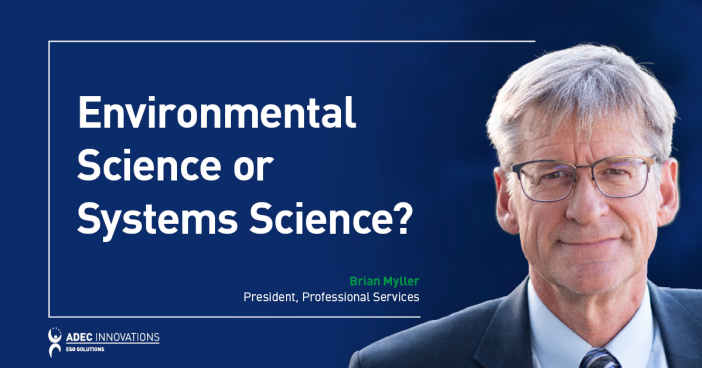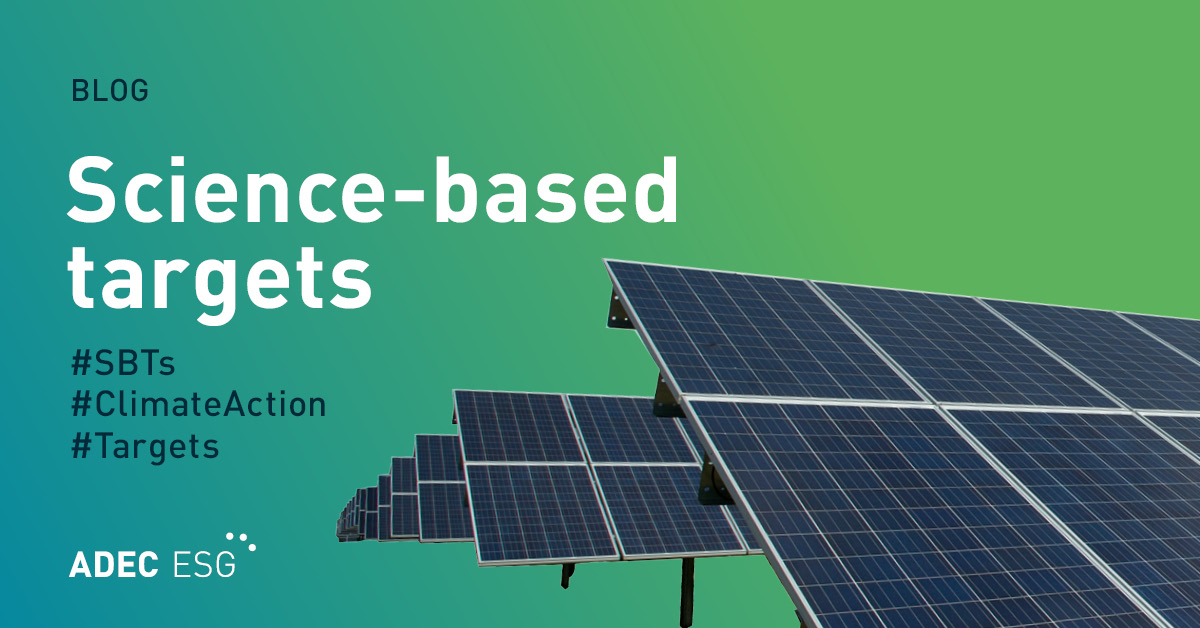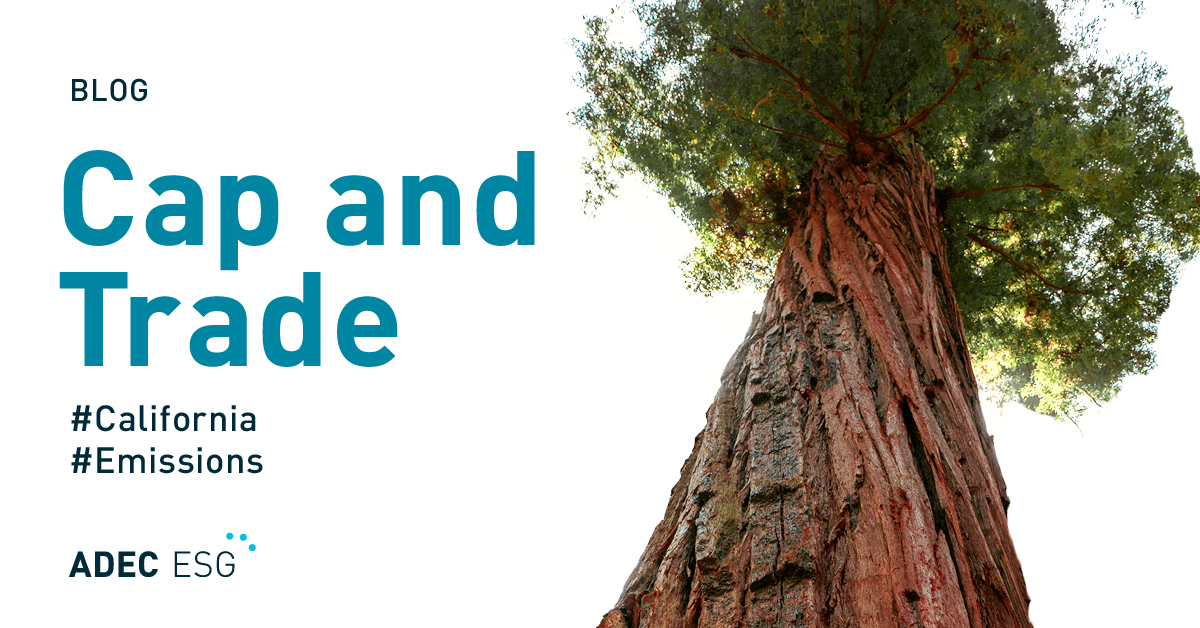In my last post I discussed the process of intersecting and overlaying multiple types of data in order to visualize and derive more meaning from a targeted data set. As a follow up, I’ll share evidence suggesting the spectrum of data sources and types associated with environmental science and engineering is expanding, along with the scope of our work. I’ll also explore the reasons behind this change and discuss the value this continued expansion can have for our partners and society.
An early and famous example of deriving meaning from intersecting data involves the Cholera Epidemic of 1854, during which time London officials were stymied about the cause of the disease. When a doctor intersected a map of the homes where the cholera patients lived with a map of the city water supply system, this intersection of two sources and types of data finally brought the cause of the epidemic to light: a contaminated drinking water well (not the air, as was originally thought).
In the early 90’s, the teams I worked with tended to focus on data sourced from field investigations aimed at characterizing soil and groundwater contamination at a given site. These data typically included results from laboratory analyses of soil, groundwater, biota, and air (including soil gas) samples collected from the field. To interpret the laboratory results, they were “intersected” with data concerning site geology, land-use history, construction as-builts, community water supply pumping regimes, other surrounding land uses, and regulatory frameworks. This intersection of multiple types and sources of data provided the context needed to accurately interpret and derive meaning from the laboratory results, and then develop a remedial strategy that was coherent with environmental conditions and interfacing systems.
Today, our clients, Wall Street investors, sustainability reporting frameworks, and regulatory bodies are asking us to intersect data from even more sources to derive even more meaning, identify even more risk, and bring even more opportunity to improve environmental, health, and financial wellbeing to light. To this end we now intersect climate, financial, emissions, social, supply chain, decarbonization, energy, operational, geographic, cultural, and more data in our reports and assessments. What is driving this expanding demand for data?
Perhaps it is the desire to avoid unintended consequences—when an action in one place and time causes a negative “side effect” in another. In hydrogeology we must consider all the potential ramifications of a proposed action to avoid unintended consequences—e.g., drawing a contaminant plume beneath a day-care center, dewatering and destroying a downgradient wetland ecosystem, negatively altering the chemistry of a nearby stream and, in turn, harming a downstream fishery business. I tend to agree with John Sturman, author and MIT Systems Dynamics professor, who said, “There are no side effects—just effects.”1 In other words “side effects” are just effects that we didn’t foresee or consider—because we didn’t intersect sufficient data sources and types to adequately interpret environmental and cross-system interactions.
Perhaps the expanding demand for data is driven by investors who are averse to their money being dwindled by environmental lawsuits, fines, or expensive recovery efforts—not to mention negative impacts to branding, reputation, or the value of goodwill (which can account for 30% or more of a company’s value). Or maybe it’s because they dislike when their money is wasted through pollution, disjointed operations, inefficient energy use, or unrealized human potential.
Perhaps it is driven by people who are tired of the feeling associated with zero-sum thinking—the assumption that a win for self or company occurs via the loss for another. Maybe they are seeking a more sophisticated approach that intersects more sources and types of data to create greater understanding of the environment and interfacing systems—to reveal more risk and also win-win opportunities.
Our clients and society are asking us to help in the process of understanding and bettering the impacts of business. Therefore, our process of intersecting and harnessing more sources and types of data to foster a more resilient society is timely. With more data comes greater expectation—and opportunity.
So, returning to the title of this blog: do we practice environmental science or systems science? The answer is “yes,” to both. Because impact matters.
ADEC ESG Solutions is a leading provider of fully integrated industry expertise, software solutions, and data management. Learn more about our ESG date management and collection, target setting, and framework develpment services to find out how we support organizations like yours.
1 “The Jay Wright Forrester Prize Lecture.” System Dynamics Review Vol. 18, No. 4, (Winter 2002): 501–531.




